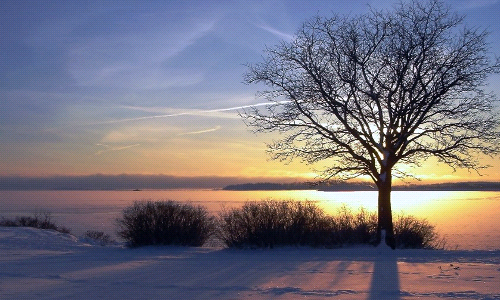Storm Damage to Your Trees can be Dangerous
If you live in the St. Louis area, you know just how quickly a storm can pop up while it moves in and out quickly. They bring heavy downfalls of rain, huge winds, and lightning, not to mention a ton of snow in the winter. It’s important to assess your trees after a big storm of any type.
It doesn’t take long for a storm to damage trees near your home, which are the same trees that protect your home from the heat and strong winds. An assessment includes a very detailed process to decide which trees are still viable and which need trimming or removal.
Inspection Before Storms Hit
Look for Broken Branches
Broken branches may be overlooked, but they can be a hazard to any structure nearby or to people that walk by it or even to the tree itself. When a tree has a broken branch that is hanging, it needs to be removed. Trees that have limbs completely broken off them are vulnerable to many types of disease and insects that could actually kill your tree over time. However, a professional tree service has specialized treatments for disease and pests to apply when a limb is broken to help keep these pesky problems from invading your tree and causing it further harm. Trees should be assessed for any cracked, broken or split branches, some of which are difficult to see unless you have a very tall ladder.
In addition, you should check your roof and all of your possessions on your property and remove any broken branches or debris. This is important because debris and limbs that stay on your roof will get wet during each subsequent rainstorm and will eventually cause roof damage–a very large repair indeed.
Look for Leaning Trees
Pre-Storm Pruning and Thinning
Decisions, Decisions, Decisions
It's All in the Timing
All trees need a recovery period after damages of any sort occur, even if it lost a lot of its leaves. Branches shouldn’t be pruned right away on damaged trees but restorative pruning should be done after the leaves have grown back on the tree. This gives the tree time for photosynthesis and energy storage for a great recovery. A tree needs to have its strength restored after a storm so it can withstand the trauma associated with pruning it. If you have trees that were more than 50% damaged in a storm, it is likely that the tree will die from the stress in a few years. These trees should be removed and you can plant a new one in its place.
The best idea is to have your trees taken care of along with your landscaping by a professional. They can help you to avoid many tree problems associated with whipping winds and flooding rains that can harm your trees, cause damages to your property and be a danger to people.













